Are you seeking employment in Japan and stuck in a dilemma to find out if BJT Vs JLPT - which one comes in handy to get a job in Japan? Well, this article is for you as I’ve analyzed the key differences between BJT and JLPT and which helps you get a well-paid profession in Japan.
There are several Japanese exams that test your proficiency level in Japanese, among them are BJT and JLPT.
Although both exams are useful when you’re pursuing a college degree or a profession in Japan, both exams have their differences and perks, and one test might have the upper hand in certain states of affairs over its counterpart.
That’s why I’ve researched and elaborated on whether BJT or JLPT will be more opportune when foreign citizens are seeking employment in Japan. Check out more below!
BJT vs JLPT: Which Is Better To Get A Job In Japan?
BJT is the Japanese proficiency test that calculates the Japanese proficiency of an individual from a business perspective whereas JLPT is a test that measures a candidate’s proficiency in Japanese in a general context.
Since JLPT is widely available in Japan and other nations, it’s the qualification most Japanese employers look for when hiring foreign employees so it's the best competency to get a job in Japan.
What Is The BJT Exam?
The Business Japanese Proficiency Test aka BJT is a Japanese test that determines an individual’s capability to communicate Japanese in a business environment.
This means that the person who has sat for a BJT exam should possess sufficient knowledge of the Japanese language, and have the ability to use phrases and speak confidently in matters of professional backgrounds.
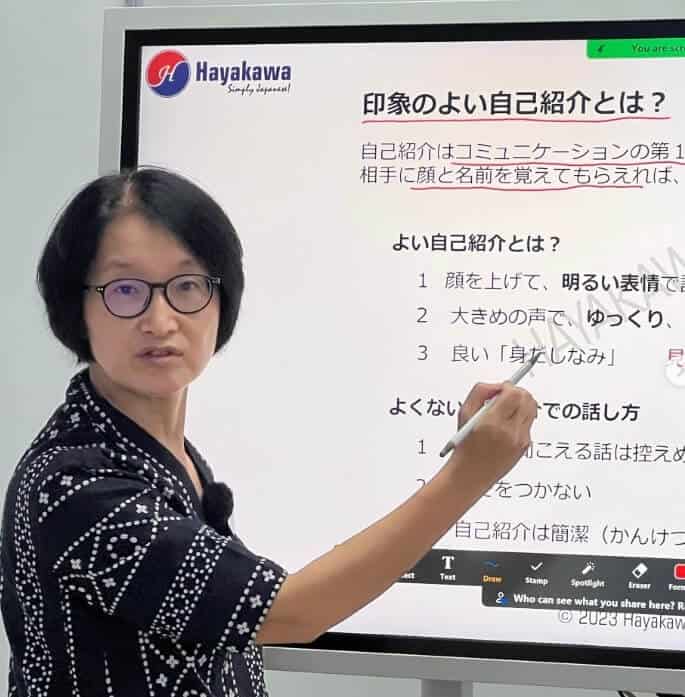
BJT was founded in 1996 and the exam was later revised by The Japan Kanji Aptitude Testing Foundation to fit the standards of the recent circumstances.
The BJT exam can be taken anywhere in the world and it’s administered through several institutes, the most common one being Pearson’s Test Centres.
The BJT exam consists only of one level unlike JLPT and the entire score of the BJT exam is 800 points. One intriguing aspect of the BJT exam is that there are no pass or fail grades.
A candidate’s language proficiency will be determined by the marks they score for the exam, cautiously considering on which range the marks fall.
Scoring on a higher range in the BJT exam will allow the candidates to be regarded as able to speak fluent Japanese in business backgrounds.
BJT exams are held multiple times throughout the year and they are computer-based exams with a ton of multiple-choice questions.
The BJT curriculum also consists of three sections which are Listening Comprehension, Listening Reading Comprehension as well as Reading Comprehension.
- Related: How Long Does It Take To Reach JLPT N5?
- Related: Where To Study Japanese Online For JLPT N5?
- Related: Work Hours In Japan
What Is The JLPT Exam?
JLPT or Japanese Language Proficiency Test is the most renowned form of Japanese proficiency test that has been around since 1984 and was revised in 2010.
The JLPT exams are segmented into 5 difficulties from easiest to hard, starting from N5 and all the way to N4, N3, N2, and N1 being the toughest.
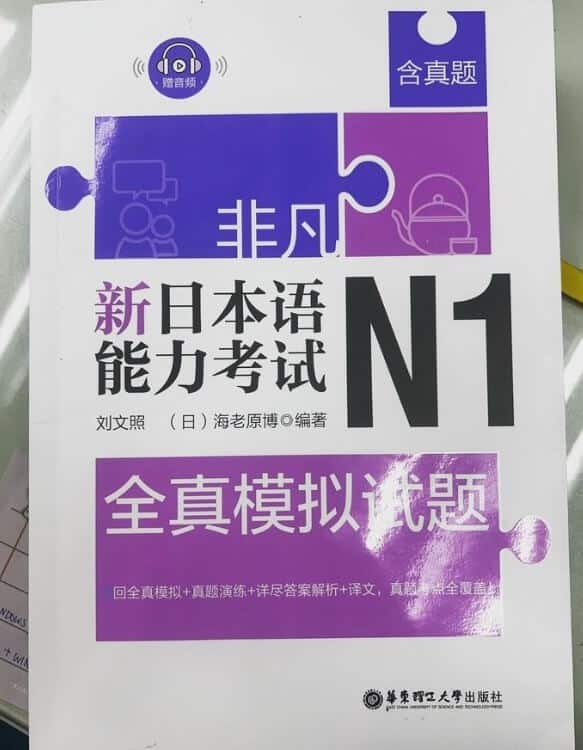
Every level of the JLPT exam is comprised of 2 or more components which are Language Knowledge & Reading, and Listening. All JLPT tests consist only of multiple-choice questions and there are no speaking tests.
JLPT tests issue pass or fail grades for each level after the marks have been calculated. JLPT tests can be taken almost in every country and they’re only held twice a year, in July and December.
For foreign citizens to be proficient in Japanese, they ought to sit for all JLPT test levels, and finally, when they’re at level N2 or N1, they’re considered almost professionals in the Japanese language. Thus they’re qualified for being employed and ready to face exposure to the industrial environment in Japan.
However, it’s upon a company’s decision to choose candidates based on what level of JLPT exam they’ve sat for. Meanwhile, several Japanese companies highly request candidates to wholly complete the JLPT N1 for employment.
The odds of being employed in Japan after passing a JLPT N1 are higher since the Japanese government grants more points to the passed candidates in the immigration procedure.
Differences Between BJT And JLPT Exams
The most prominent difference between JLPT and BJT is the number of tests each exam has. While BJT is necessarily just a single exam, JLPT consists of 5 tests based on difficulty levels (from N5 to N1). However, the number of tests on both BJT and JLPT isn’t what makes them significantly contrasting from each other.
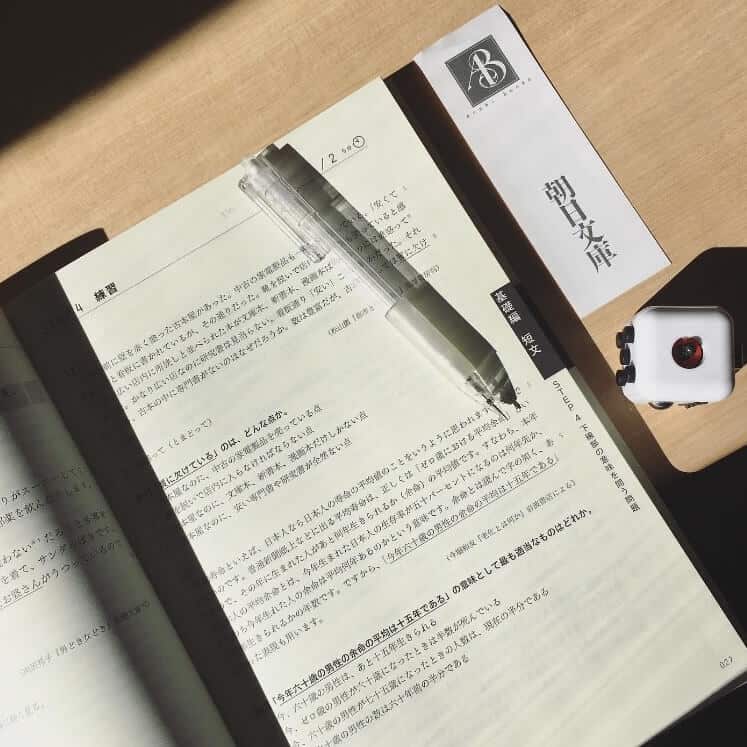
JLPT is an exam that only measures a candidate’s ability and proficiency in the Japanese language that’s essential for academic and everyday circumstances, meanwhile, on the other hand, a BJT exam solely accentuates the candidate’s capacity to deal with the business atmosphere.
Albeit, JLPT can be utilized for commerce environments, it doesn’t come quite close to being a professional degree to qualify a candidate for being fluent in business communications in the Japanese language.
Furthermore, other contrasts between JLPT and BJT are the gradings which we’re aware that the BJT test doesn’t conclude the grading with a pass or fail verdict but rather considers the range of the candidate’s score to determine their proficiency level of the Japanese language from a business perspective.
In the interim, JLPT tests give pass or fail assessments on each JLPT test.
Another distinction between JLPT and BJT tests is that JLPT tests are completely multiple-choice question based whereas BJT test is partially structured with multiple-choice questions and is only computer-based.
Sections In BJT Exams
The BJT exam tests the candidates on 3 different sections which are Listening Comprehension, Listening Reading Comprehension as well as Reading Comprehension.
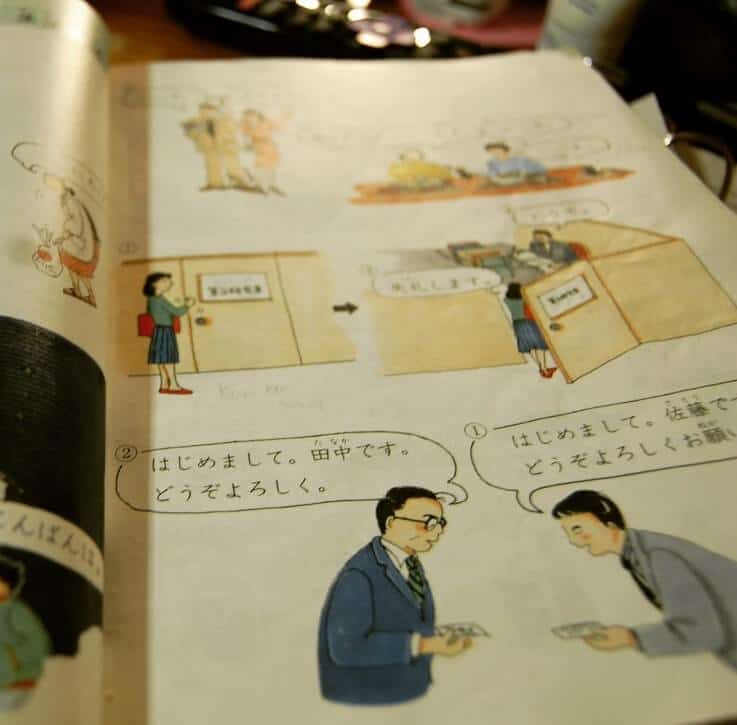
When it comes to Listening Comprehension and combined Listening and Reading Comprehension, the BJT aims for skills such as information extraction, information prediction, information summation, and memorization.
On the other hand, Reading Comprehension allows the candidates to possess skills like logical reasoning, business communication skills, information processing skill, etc.
In each of the three BJT sections, the components the candidates must grasp are grammar, writing, vocabulary, speech, conversation styles, business skills, and social, cultural, and psychological understanding.
Once the candidates have mastered all the subject components on the BJT curriculum they are eligible to sit for the exams.
Despite, the BJT exams don’t comprise test levels like JLPT, the total score of the test is 800 points and each point range defines the Japanese language proficiency level which I’ve listed in a table.
| BJT Point Range | Proficiency Level |
| 600 to 800 | J1+ |
| 530 to 599 | J1 |
| 420 to 529 | J2 |
| 320 to 419 | J3 |
| 200 to 391 | J4 |
| 0 to 199 | J5 |
Scoring anywhere between 530 to 800 points in the BJT test, will specify a candidate for being able to successfully communicate in Japanese in any business state of affairs.
The proficiency level in the BJT test doesn’t necessarily correspond with JLPT test levels and they vary greatly from one another.
Sections In JLPT Exams
JLPT exams consist of 5 levels, each level defining the difficulty of the test. The levels start from N5 which is the beginner level while N4 also focuses on the upper beginner level and all the components taught in this level are based on what’s learned in a classroom environment.
Meanwhile, level N3 is the bridging tier that connects levels N5 and N4 with levels N2 and N1.
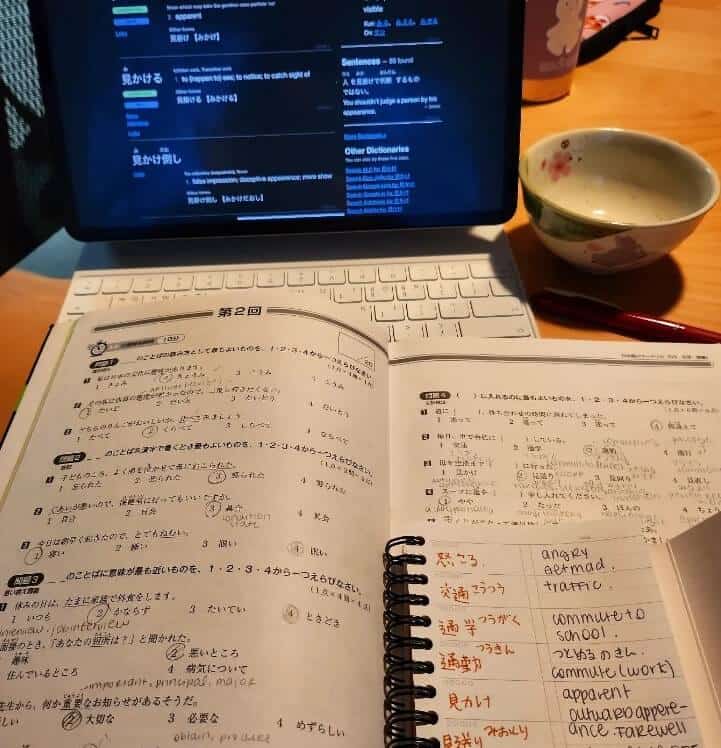
On the contrary, levels N2, and N1 are the advanced portions of the JLPT that tests the candidate’s skill from a broader spectrum such as the daily circumstances of life including business communications to a certain extent as well.
All the levels in the JLPT exam include two main sections (depending on the level) that the exams are based on. These sections are Language Knowledge & Reading and Listening.
Under the Language Knowledge & Reading section, candidates are tested on reading, grammar, vocabulary, writing sentences, and passages.
While the Listening section tests the candidates on subject components like comprehending tasks and key points, verbal expressions, and even the ability to respond to questions quickly.
All the subject components from the sections will vary according to the difficulty of the JLPT exam. For example, the grammar and vocabulary in the N5 level will be much easier than those in level N1.
Therefore, JLPT students must purchase study materials based on what exam level they’re sitting for.
Final Verdict: Is BJT Or JLPT Better For Getting A Job In Japan?
JLPT is ubiquitous and it's the qualification most employers look for when hiring foreign citizens in Japan.
When a candidate has passed all the JLPT exams then they’ve grasped the overall knowledge of the Japanese language including grammar, vocabulary, reading, and listening from beginner to advanced levels. Thus employers consider it convenient to cooperate and communicate with JLPT candidates.
On the contrary, BJT is an exam that measures the candidate’s proficiency in the Japanese language and its components like grammar, vocabulary, listening, etc only in a business context.
Therefore, BJT candidates only possess communication ability in a business environment and not in the general sense hence creating communication barriers between employers and foreign employees outside the work atmosphere.
Therefore, JLPT is the best qualification to get a job in Japan due to its prevalence and ambiguity of being resourceful for more than one circumstance.




